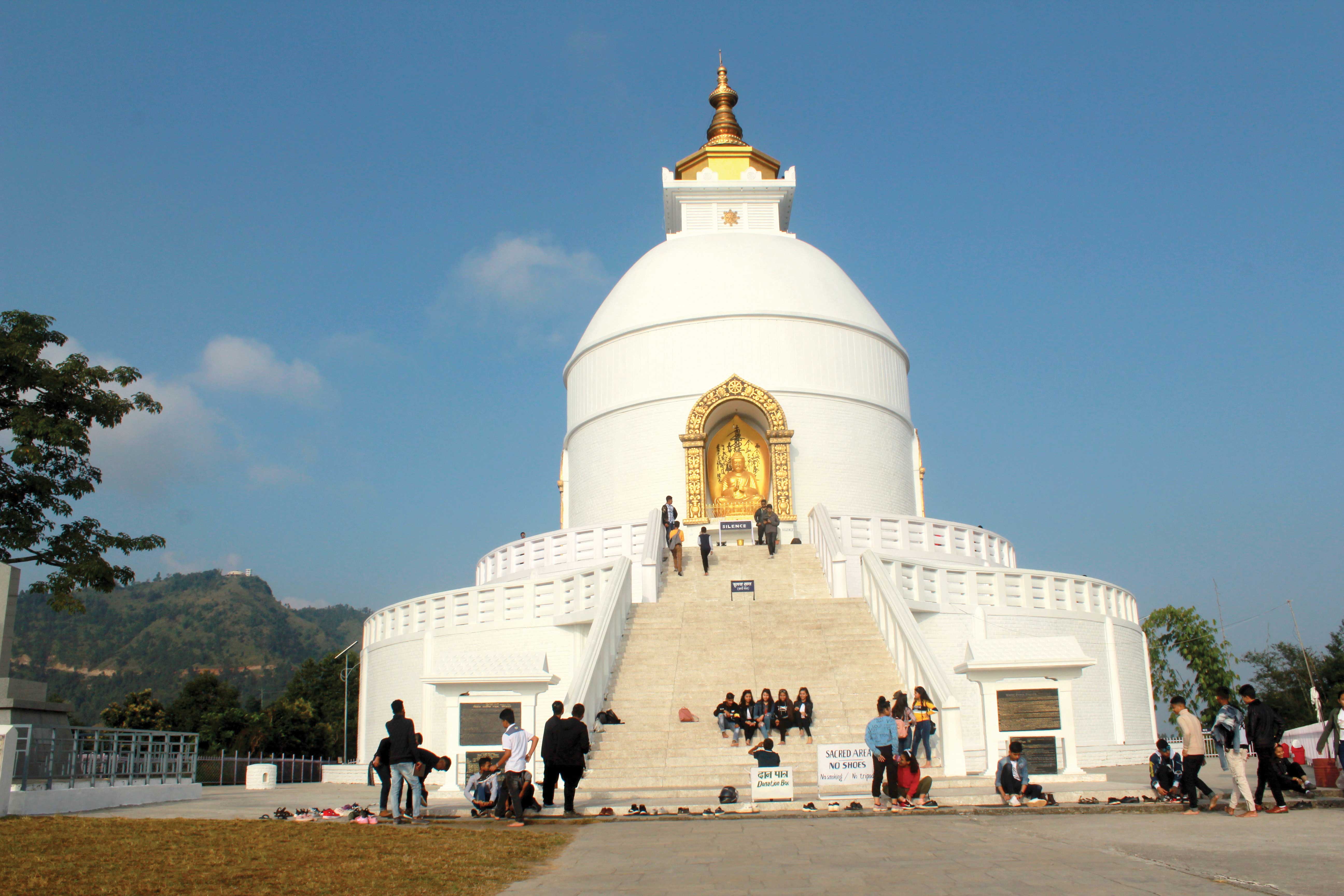The people of Kathmandu believe that the valley was once a lake and the home of the sacred serpents – Nagas. When the lake was drained and subsequently inhabited by people, the Nagas were allocated homes in the different smaller lakes such as Taudaha (on the way to Dakshinkali) so that they would not leave the valley. The people of the valley strongly believe that when all the snakes leave the valley, there will be no rains, and drought will bring sufferings to the inhabitants. These beliefs and values are reiterated and represented in the numerous art and culture of the Kathmandu Valley. We even have a day dedicated to the snakes – Naga Panchami. Wells have to be cleaned every year not just to appease the nagas but also for safety.

The well is one of the sources of water for the people of Kathmandu. If you take a closer look, you will see that the upper part of the well is encircled by the sacred serpent. When it rains in the Kathmandu Valley, the soil gets saturated and, because of the fact that it was a lake, water does not go down below the water proof layer that must have been the bottom of the lake. Consequently, when we dig a well in any part of the valley floor, water seeps in from all sides and fills it up. During the monsoon, the water level will be very high, and as winter and spring set in, the water table goes lower and lower; and then some time in June, the wells will nearly be dry. It is at this time that the people of the valley celebrate the SITI NAKHA, a local festival for cleaning wells and water sources.
The wells have to be cleaned each year for dirt, soil, weeds and even buckets that might have fallen in when a rope (that is used to pull them up) snapped. At the beginning of the well cleaning process, the Nagas, who symbolize water, rain and soil fertility, have to be appeased. The ritual involves lighting an oil lamp and sending it down the shaft before humans go in. If the lamp goes off, people know that the snakes are not happy, do not want to be disturbed and the well is not to be entered. This tradition can be explained as a simple flame test for carbon monoxide or other gases not good for people. It is, therefore, important to take a closer look at the Nagas on the wells, respect them and perform a “flame test” before cleaning the wells.











